Table of Contents
In a groundbreaking move, Amazon is set to revolutionize its operations by producing hydrogen fuel on-site at its fulfillment centers. Partnering with hydrogen specialist Plug Power, Amazon has initiated the installation of the first electrolyzer—a device capable of splitting water molecules to generate hydrogen—at its fulfillment center in Aurora, Colorado.
Greening the Warehouse Fleet: A Hydrogen-Powered Forklift Fleet
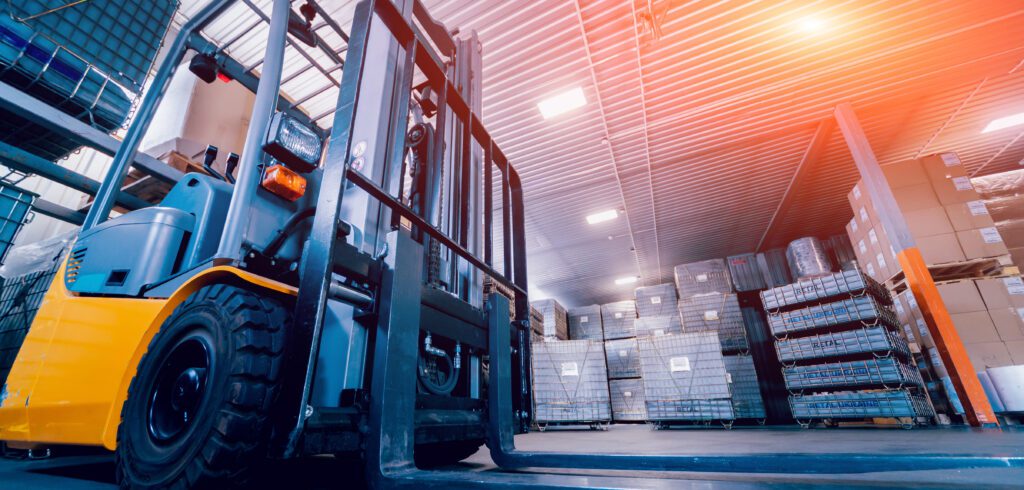
The primary purpose of the electrolyzer is to supply fuel to approximately 225 forklift trucks at the site, with the potential to cater to up to 400 hydrogen fuel cell-powered forklifts, according to Plug Power. This marks a significant step for Amazon, venturing into on-site hydrogen production for the first time, with indications suggesting further implementations in the future.
Decarbonization Vision: Amazon’s Commitment to Hydrogen
Asad Jafry, Amazon’s Director of Global Hydrogen Economy, highlighted the importance of on-site hydrogen production in enhancing energy efficiency for specific locations and facility types. In a recent press release, Jafry stated, “Hydrogen is an important tool in our efforts to decarbonize our operations by 2040.”

Hydrogen as a Clean-Burning Alternative: Environmental Considerations
Hydrogen is positioned as a cleaner-burning substitute for fossil fuels, aligning with Amazon’s commitment to sustainability in its warehouses. However, the true environmental impact hinges on how policymakers and corporations, including Amazon, shape the hydrogen supply chain.

While hydrogen combustion produces water vapor instead of greenhouse gas emissions, the critical challenge lies in the production process. Presently, the majority of hydrogen is manufactured using fossil fuels, primarily through the reaction between steam and methane, releasing carbon dioxide—a significant contributor to global warming. The leakage of methane, a potent greenhouse gas, during this process exacerbates the environmental impact.
Plug Power’s Solution: Electrolyzers for Green Hydrogen
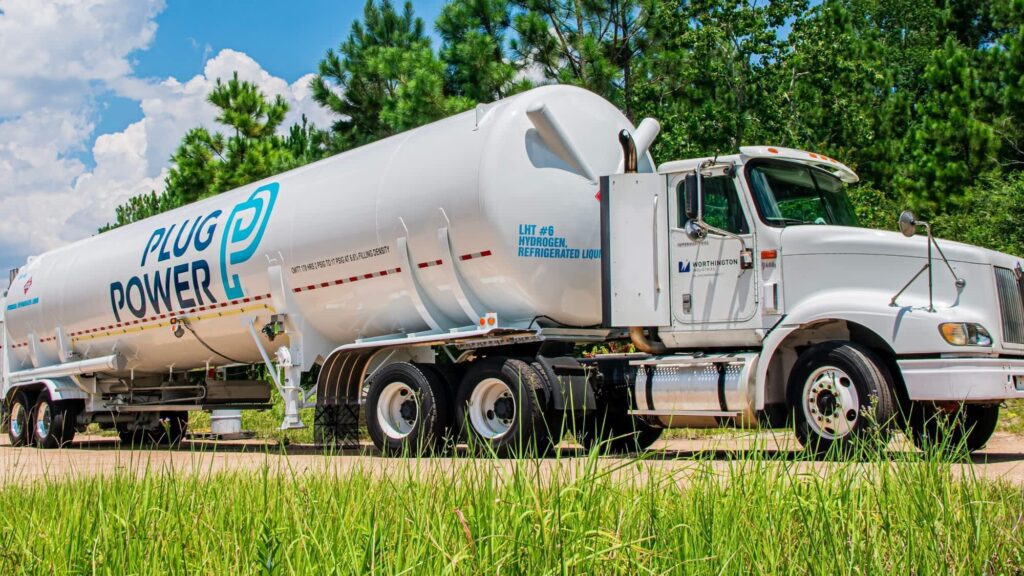
Plug Power addresses these environmental challenges by utilizing electrolyzers for hydrogen production. Unlike traditional methods involving methane, Plug Power’s approach involves using electricity to split water into hydrogen and oxygen. When powered by renewable sources like wind or solar energy, it qualifies as green hydrogen. Despite its pollution-free nature, this method is currently more expensive than conventional hydrogen production.
Government Support and Amazon’s Sustainability Pledge
Acknowledging the need for cleaner hydrogen production, the Biden administration is incentivizing the shift through tax benefits and substantial federal funding for clean hydrogen production hubs. This effort aligns with President Biden’s utilization of the Defense Production Act to boost domestic electrolyzer production.
Since 2016, Plug Power has supplied over 17,000 fuel cells for forklifts to over 80 Amazon fulfillment centers across North America. However, most of the hydrogen is produced off-site and transported by truck to the warehouses.
Overcoming Challenges: From Tailpipe to Power Grid
On-site hydrogen production offers the advantage of eliminating tailpipe pollution associated with truck transportation. However, challenges persist, as the Colorado fulfillment center’s electrolyzer is currently connected to the power grid, where fossil fuels contribute to approximately 60 percent of the US electricity mix.
For Amazon to achieve truly green hydrogen, a shift towards renewables powering the on-site electrolyzer is essential. While Amazon aims to integrate renewable energy into the electrolyzer’s operation, a specific timeline for this transition remains uncertain, as per Jafry.
Amazon’s Green Energy Pursuit with Hydrogen-Powered Forklift Fleet
Amazon has set ambitious sustainability goals, aiming to procure enough renewable energy to match its entire electricity consumption by 2025. Additionally, the company committed in 2019 to achieving net-zero greenhouse gas emissions by 2040. However, recent sustainability reports indicate a 39 percent increase in the company’s carbon footprint since 2019, highlighting the challenges in meeting these lofty targets.
In conclusion, Amazon’s foray into on-site hydrogen production signifies a strategic move towards greener operations. The success of this initiative not only depends on technological advancements but also on Amazon’s ability to integrate renewable energy into its hydrogen production process, ultimately contributing to its sustainability objectives.
Related Posts
















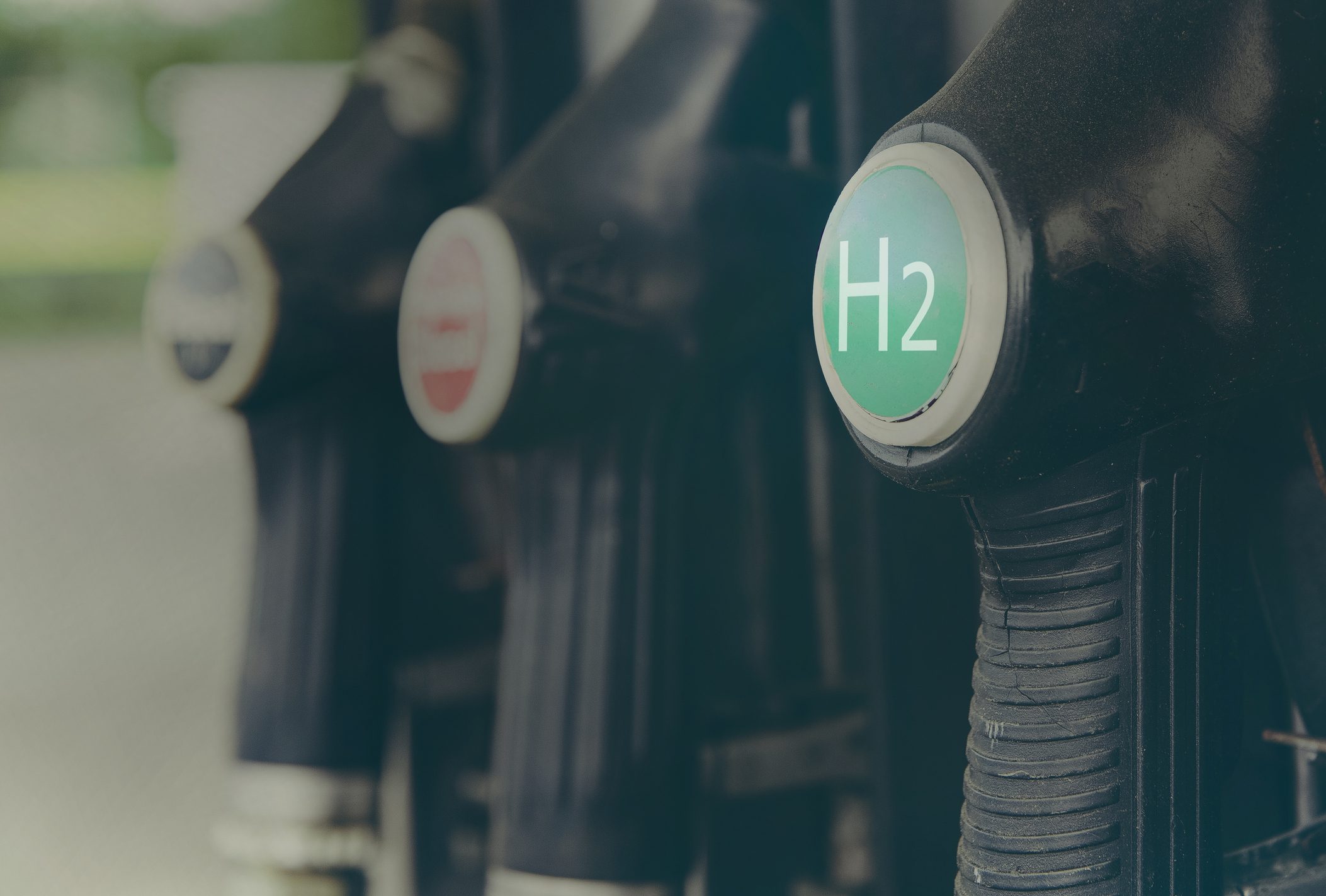
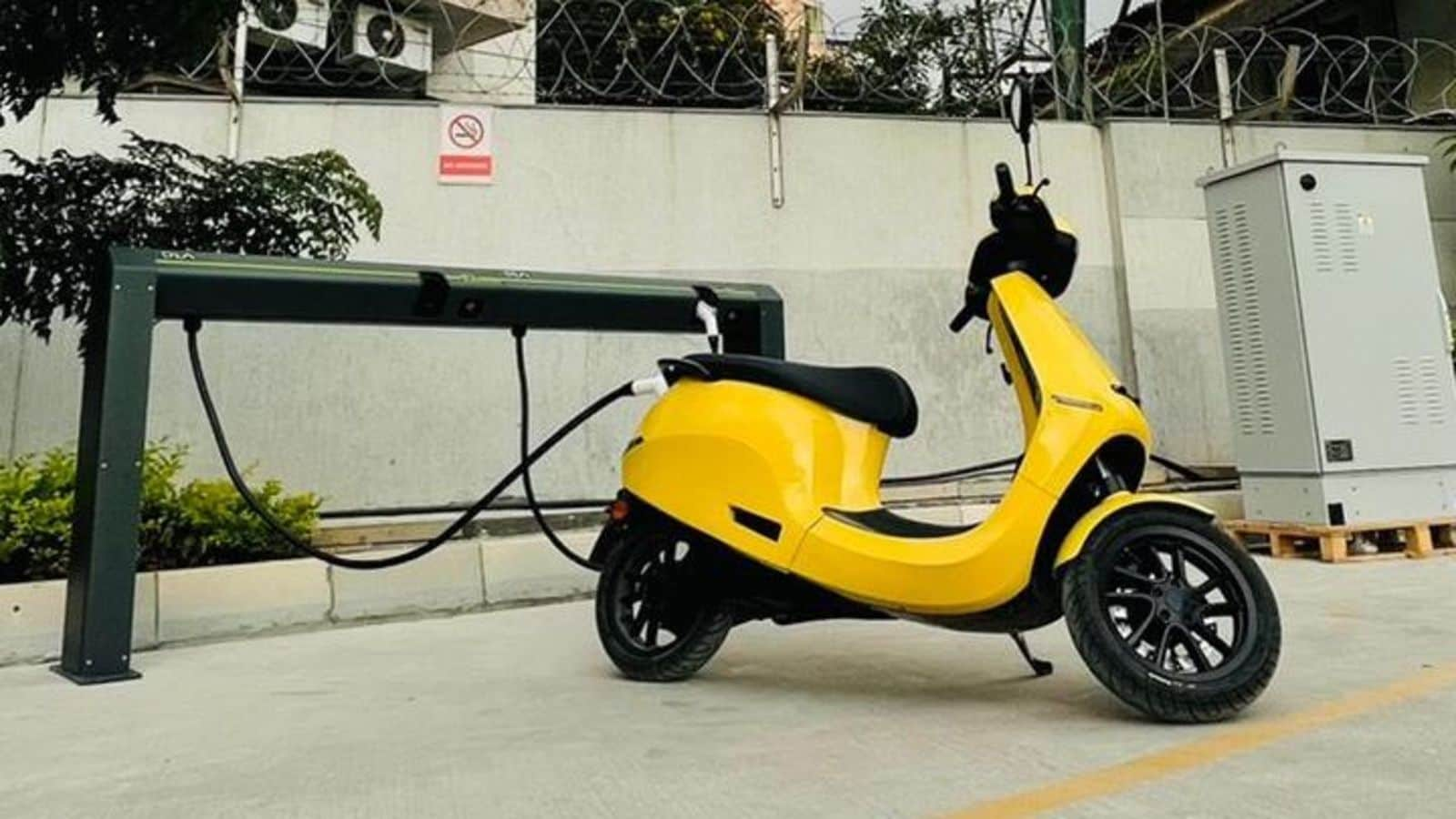
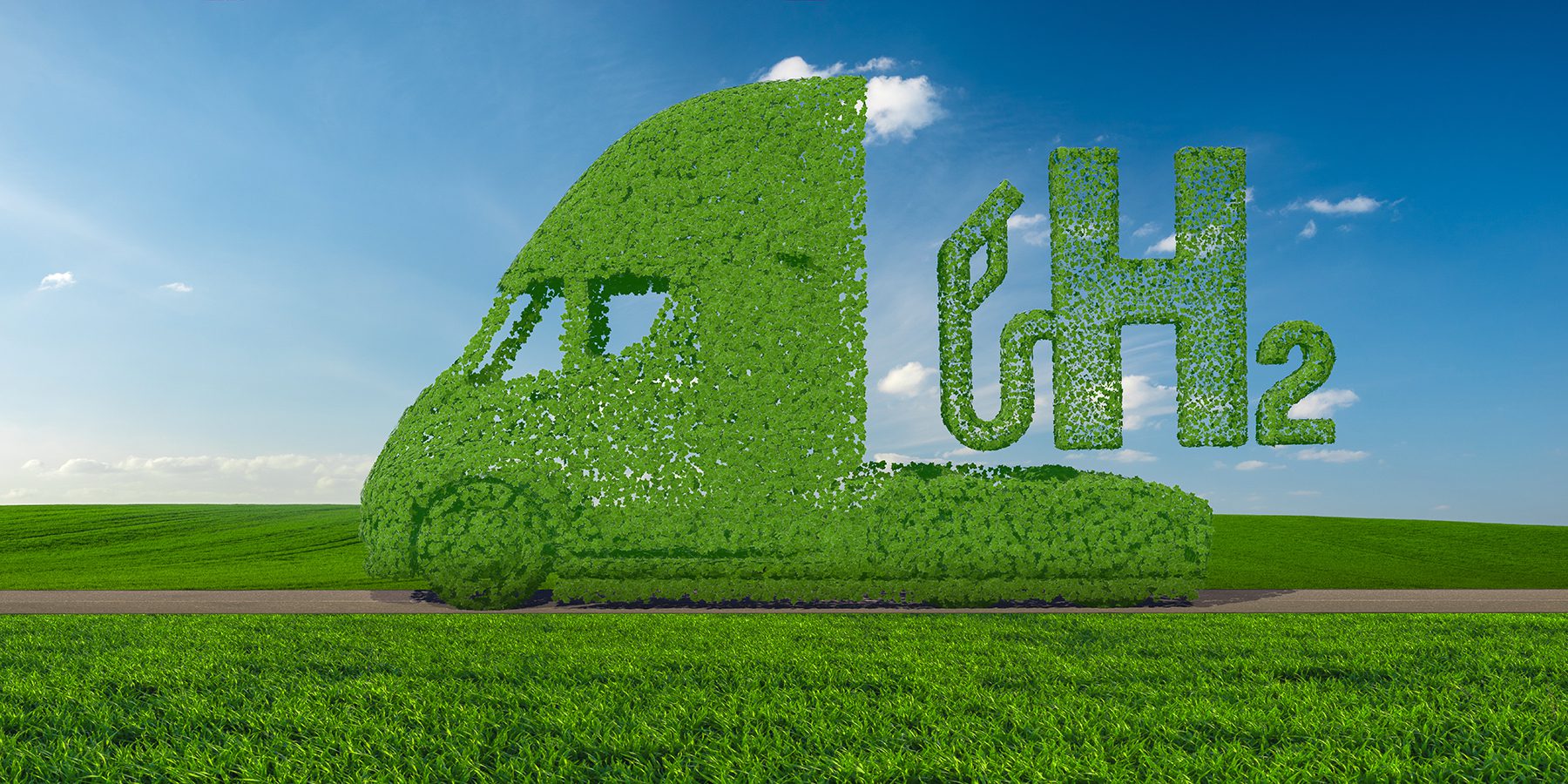



Leave feedback about this